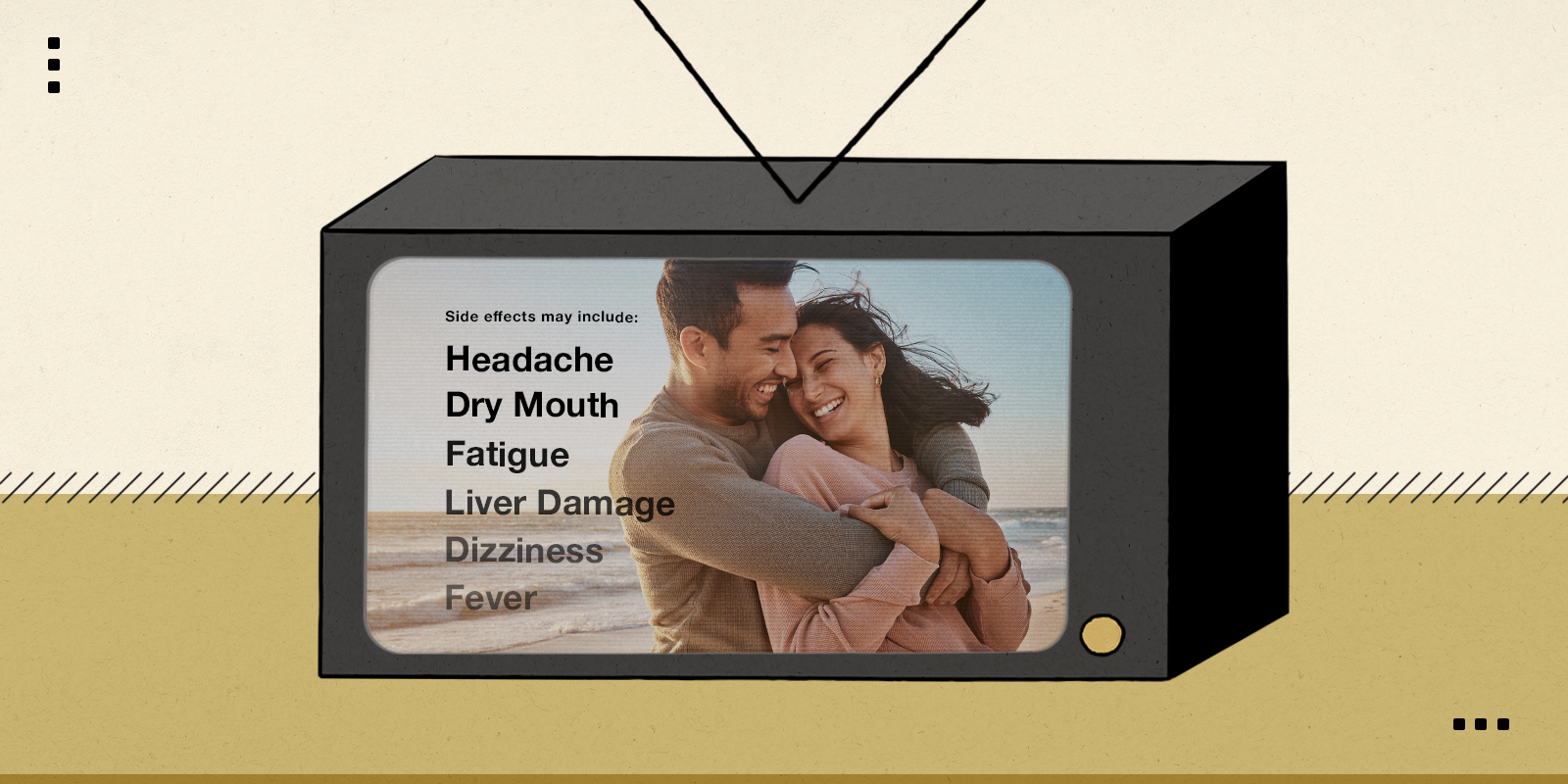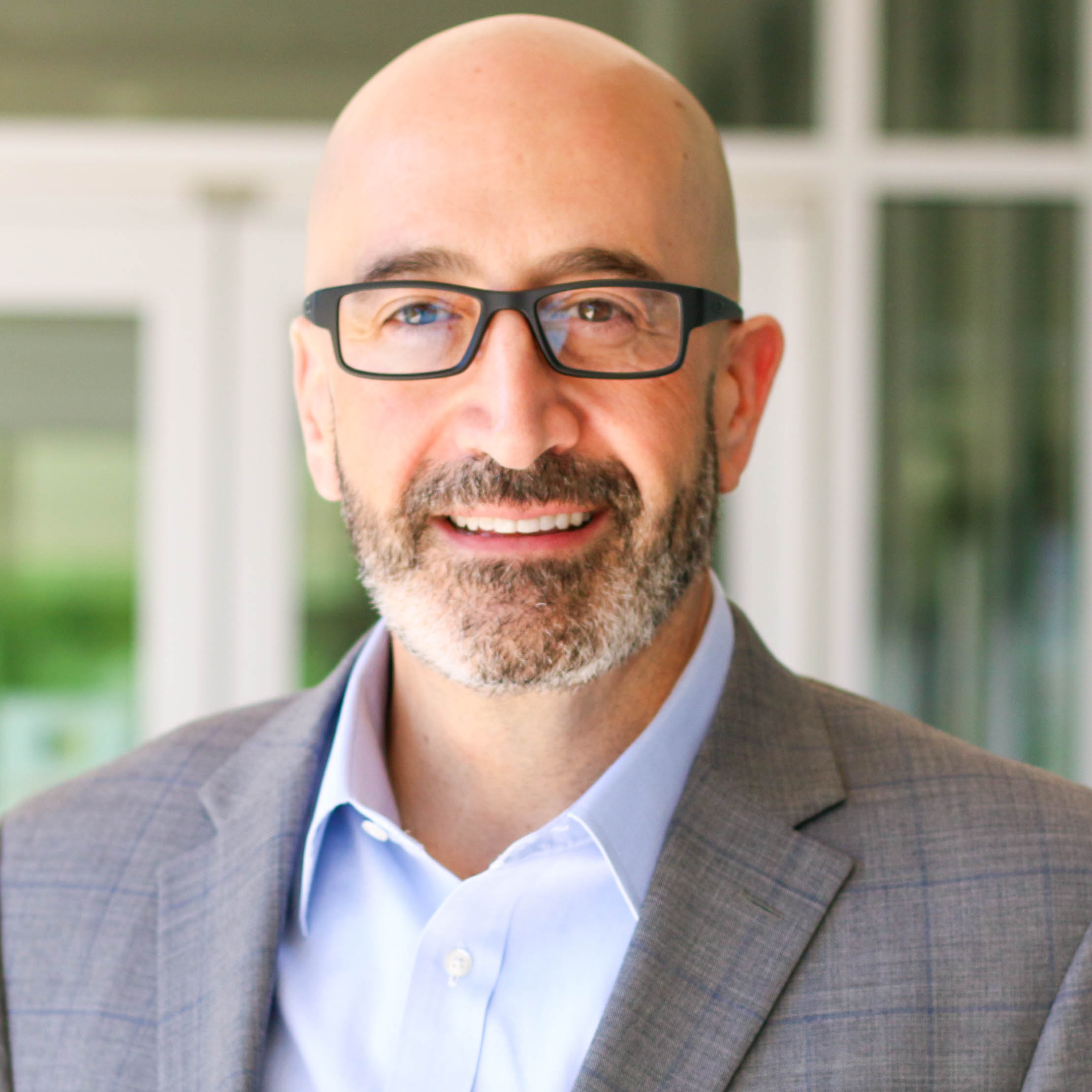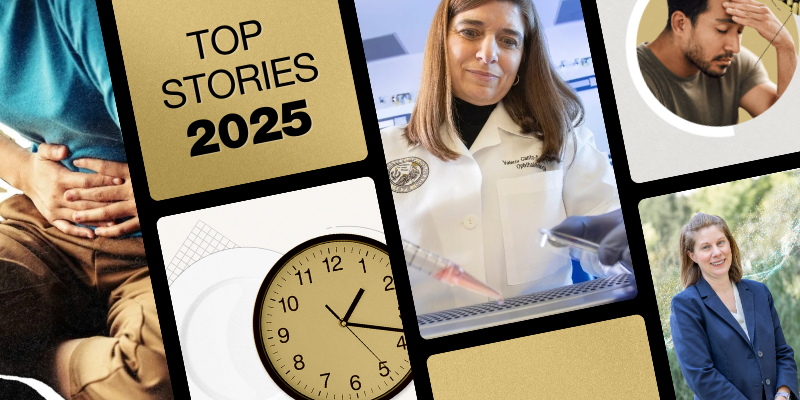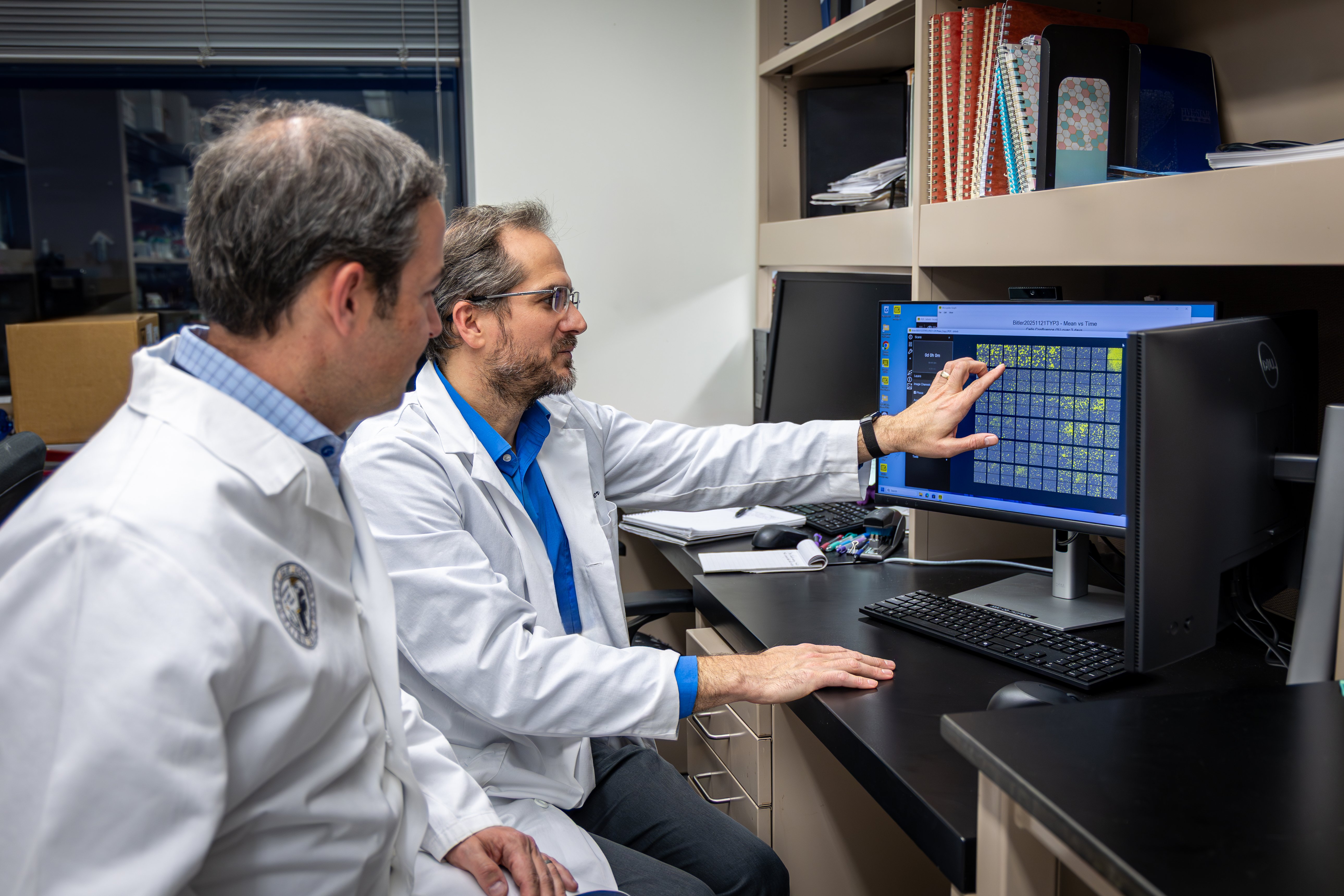Why do individuals have different reactions to the same drug?
I think it’s a multitude of reasons. While biology and chemistry play different roles, ultimately it is more nebulous – everybody just responds differently to drugs and sometimes there isn’t just one cause.
On a biological level – so many things can vary that impact how drugs metabolize in someone’s body, from body size to genetics. We call this the pharmacokinetic background. For some people, this means they don’t process medicines in the same way, which would result in more exposure and potentially more side effects.
For example, some drugs may be more lipophilic – meaning that they penetrate and deposit into fat tissue. If somebody has more fat tissue, they may actually have more drug accumulating there, which could have either a positive or a negative impact on their response.
There are other factors. For one, chronic diseases can also play a role and have an impact on how the body experiences side effects from drugs. And two, environmental factors usually don’t make a huge impact, but there are some exceptions – like altitude. Here in Colorado people are more likely to get dehydrated, so a drug that causes dehydration might make someone more prone to those kinds of side effects.
Why do commercials on TV have to disclose drug side effects?
The FDA has requirements that make the manufacturer disclose side effects in any prescription drug advertisement. It’s a “the good, the bad and the ugly,” approach – the FDA requirements essentially make drug manufacturers cover “the ugly” – which includes all potential, including rare side effects, which may or may not commonly occur.
What is the ‘nocebo’ effect?
People probably know the ‘placebo effect,’ where no treatment causes a therapeutic response. There’s a counterpoint version called the ‘nocebo effect,’ where patients who think they’re going to experience a side effect do, even when exposed to a placebo. Basically if you are expecting to have a side effect to a medication you may, even if it is not related to the drug. It can be a real shame because it dampens the benefits of some older established drugs, because just the perception of side effects makes them unpalatable. So, patients seek out the new shiny tool.
Why are so many side effects listed in prescription drug commercials?
It’s helpful to know the phases of drug development to answer this. The basic outline goes:
- Pre-phases: a pharmaceutical company or research entity would identify chemicals that have some promise of treating something specific.
- Phase one: This includes assessing initial safety and dosages using small-scope trials, often with animal models, to ensure drugs are not toxic.
- Phase two: Still a smaller scale, where efficacy and safety are evaluated in humans.
- Phase three: This is pre-approval, where drugs are evaluated to confirm efficacy, often compared to a standard of care treatment, on a larger scale with a bigger trial cohort to really clarify the differences in therapeutic versus an adverse effect profile. Following phase three, a drug can be submitted for approval.
- Phase four: Once drugs are on the market, they are monitored for safety and efficacy. For example, a new cholesterol drug would be monitored to see whether heart attacks are lowered along with treating high cholesterol.
With the above in mind, whatever side effects are seen in humans get reported in the product labeling – as required by the FDA. Anything that is a significant difference with a drug versus a placebo gets reported as a side effect, as does anything above a certain threshold even if it’s comparable to a placebo. And for a sense of scale: For every one drug that makes it to phase three, there may have been a hundred that were tried before that in pre-phase drug development.
Plus, the list of side effects can change once a drug is available to a wider population – we don’t know 100% of all potential interactions or side effects when a drug is approved, because often the volunteer populations aren’t always fully representative of the entire population that ends up using a particular medication.
It is a very slow, methodical and conservative system by design. I know that there's some disinformation out there that the FDA approves drugs frivolously. They do not. We have very high standards in the United States that are enforced by the FDA approval process.
How many reported cases of a side effect during trials does it take to be listed in one of these commercials?
With highly problematic side effects, it can be a single episode of a severe, life-threatening side effect, such as anaphylaxis – a major allergic reaction. If one person gets something like dry mouth or constipation, a single episode probably does not qualify to be listed in the mentioned side effects.
If these major side effects are reported early, do researchers abandon that drug composition?
Yes. Often, you'll abandon the drug development if it's not “clean” in pre-phase or phase one, because you're probably going to waste time and money. There's so much risk of loss when you progress to phase two and phase three trials that if a safety signal or a red flag pops up, even if was in animals, often that drug will not go any further.
What is the cut-off of benefit versus harm as it relates to side effects and whether or not something advances?
It varies based on the disease or treatment we’re talking about.
If you're dealing with a disease that has limited treatment options or is a very severe disease that may cause death – like certain cancers or neurodegenerative diseases – that's an example of where you might tolerate a higher side effect profile because there may not be a good or established treatment option. Conversely, the threshold for side effects for a drug targeting something such as hypertension is much lower because we have so many current options available.
What questions should someone have for their primary care doctor after seeing an advertisement for a drug that seems relevant to their current health?
I’d start off basic and ask, “Do I have a problem that needs treatment?” Sometimes, especially after seeing a commercial, people ask about drugs they don’t actually have a medical need for. After confirming a medical need, talk to your medical provider about the risk and benefit profile. Be open minded to the truth from your medical provider – sometimes I think patients are looking for an answer that they want rather than the truth.
And don’t forget about affordability – there might be other drug options that are cheaper, and perhaps even more effective. It’s kind of like driving your car – you are in control, but you need to mind the traffic signals.
I’m a pharmacist, but drugs are not the first thing I go to for most diseases. For many chronic diseases that benefit from a lifestyle component, lifestyle may often be first or in combination with drug therapy. We can look at drug therapy for those who need it, but often the most proven and effective drug therapy is not the one that is being advertised.
This interview was edited for length and clarity.





